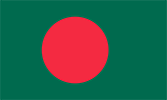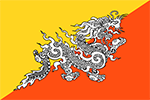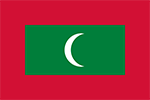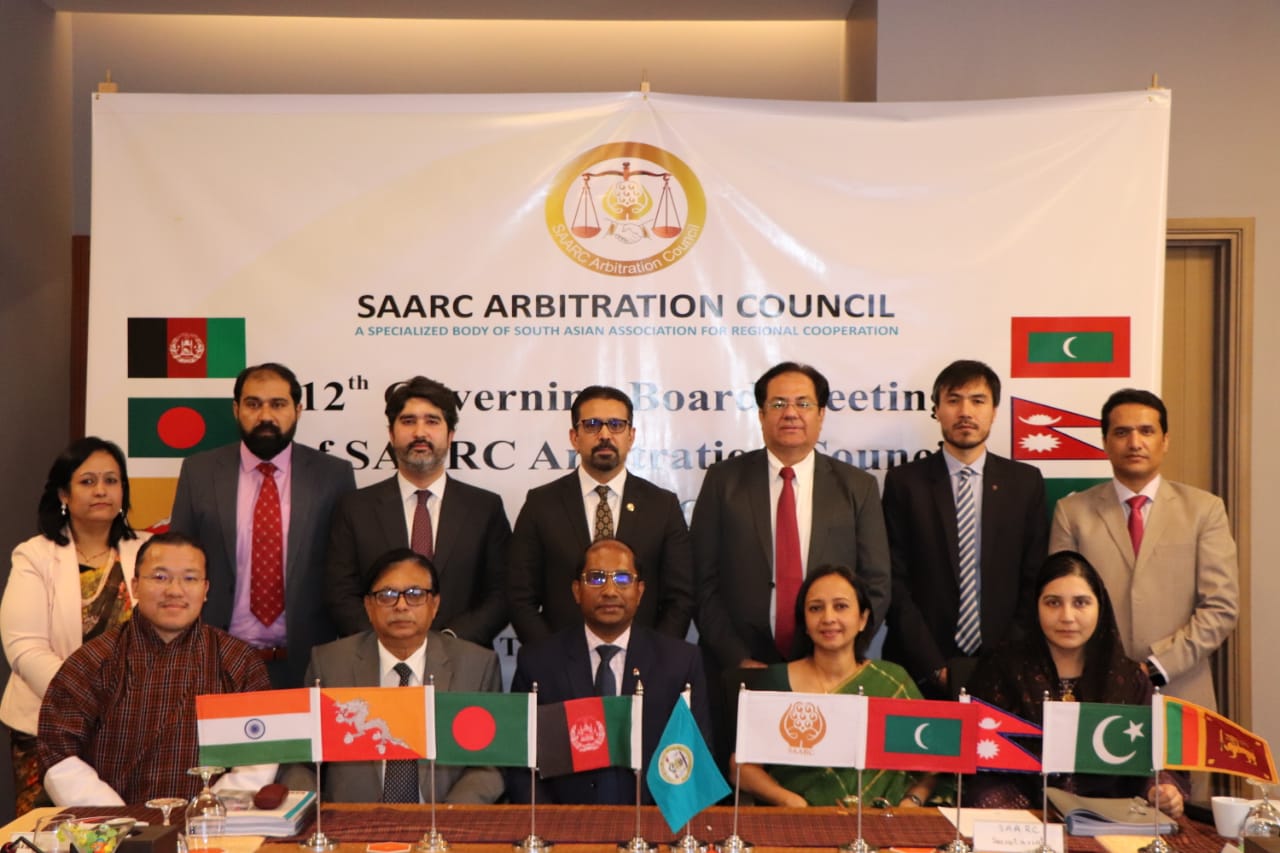H. E. Mr. Ahmed Saleem, Secretary-General of SAARC, received Mr. Kenichi Yokoyama, Country Director, Nepal Resident Mission of the Asian Development Bank (ADB) at his office yesterday.
The Country Director was accompanied by Mr. Priyantha Wijayatunga, Unit Head, Portfolio Management Unit of the Nepal Resident Mission. Mr. Ahmar Ismail, Director, SAARC Secretariat was also present.
During the meeting, the Country Director handed over to the Secretary-General the SAARC Study on the South Asia Power Exchange that was recently published by ADB. The Study, the first of its kind, opens up a myriad of windows for collaboration among the Member States of SAARC in the important field of energy.
The Secretary-General thanked ADB for extending technical and financial assistance to SAARC in the preparation of the Study. He expressed confidence that the Study will go a long way in harnessing the energy potential of the region to the common benefit of SAARC’s membership. “It is a great leap forward in an important component of regional cooperation as energy,” he asserted.
The Study that runs into some 200 plus pages was published by ADB in June 2013. It was finalized during the Seventh Meeting of the SAARC Working Group on Energy held in Sri Lanka in March 2013. The Study, inter alia, identifies possible cross border power transmission interconnections and scenarios of regionally interconnected power systems; brings to the fore scenarios for nodal point supply and demand in the region covered or to be covered by interconnected power systems; determines the technical potential for cross border power exchanges, the additional power transmission required, and the institutional, regulatory and commercial principles and procedures to be followed in formalized cross border power trade; and carries out the economic and financial analyses of different power trade options with the perspective of (a) optimization of resources at regional level (b) improving overall reliability of electric supply in the region and (c) environmental benefits.
The Twelfth SAARC Summit held in Islamabad in 2004 embraced energy as one of its priority areas of cooperation. The same Summit directed that a study on creating a South Asian Energy Cooperation including the concept of an Energy Ring be undertaken. Following this directive, SAARC had prepared the Regional Energy Trade Study with the technical and financial assistance of ADB in March 2010. The Study recognized the benefits of establishing a regional power market for enhancing regional energy trade in the region.
The present Study is therefore a sequel to the recommendation of the erstwhile Study conducted in March 2010. The Study was authorized by the Thirty-seventh Session of the Standing Committee held in Thimphu in April 2010, preceding the Sixteenth SAARC Summit.











